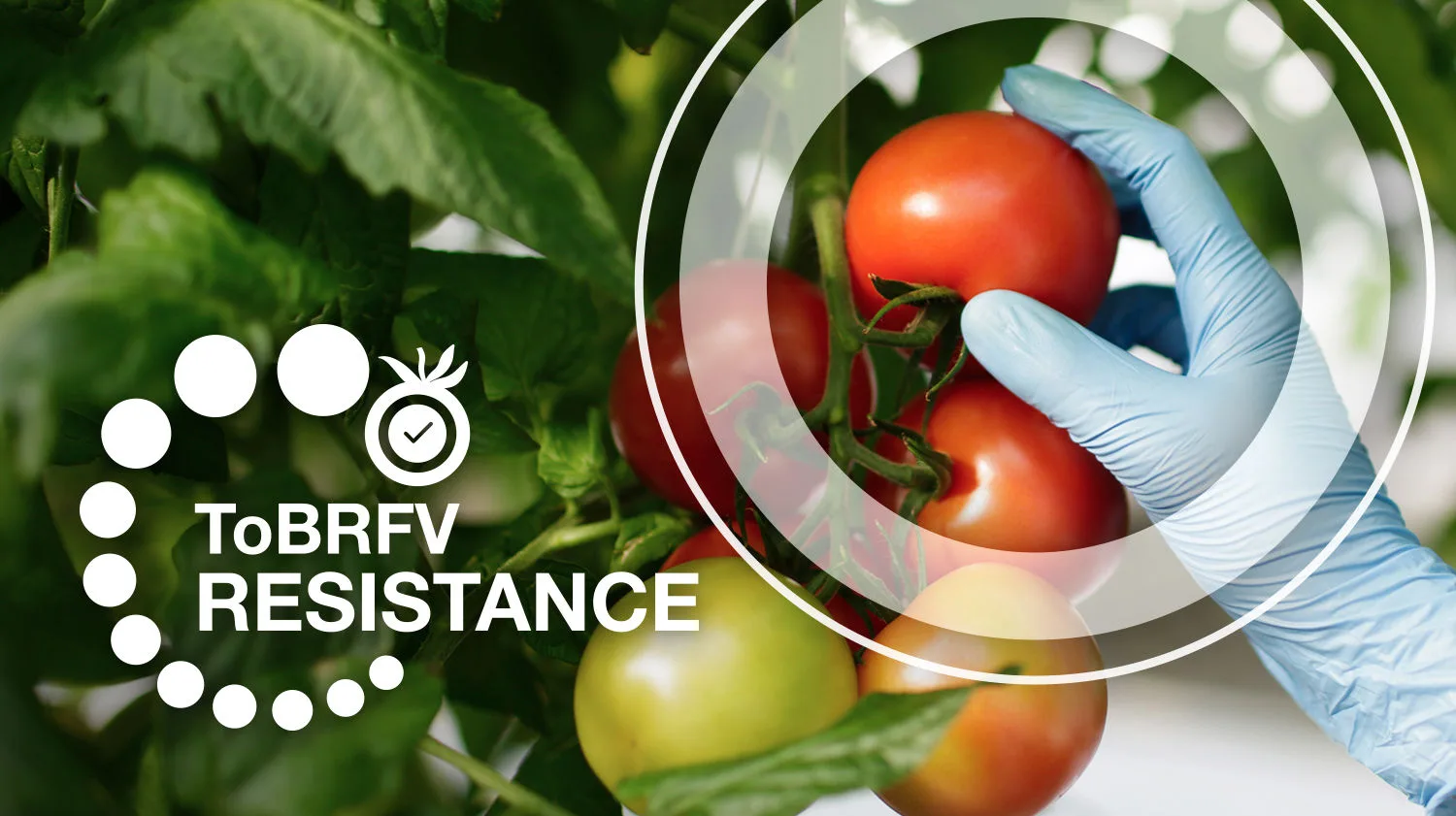Causal Agent
Genetic
Distribution
Worldwide
Symptoms
Autogenous Necrosis – The first symptom is a yellowing of the upper leaf surface that progress to a necrosis over time. Tissue necrosis tends to be more prominent on the lower leaf surface and typically starts at the distal end of the leaflet. As the lesions coalesce, the leaves become necrotic and die. Typically, this disorder progresses from the older foliage to the younger.
 Autogenous necrosis: severe leaf necrosis.
Autogenous necrosis: severe leaf necrosis.
Fruit Pox – The first symptom on the green fruit is small, clear or tan colored. slightly elongated or oval lesions. As the fruit matures. these lesions enlarge and cause the fruit epidermis to rupture, imparting a necrotic corky appearance.
 Fruit pox: dark-green lesions on immature fruit.
Fruit pox: dark-green lesions on immature fruit.
Gold Fleck – The first symptom on immature green fruit is round, dark green spots on the surface of the fruit. As the fruit matures, these spots change in color to a light tan and then to a golden yellow on ripe fruit.
 Gold fleck: light-tan and golden-yellow spots on ripe red fruit.
Gold fleck: light-tan and golden-yellow spots on ripe red fruit.
Conditions for Development
Autogenous Necrosis -This disorder is caused by an incompatible reaction between a gene for resistance to leaf mold (Fulvia fulva) and a tissue necrosis gene that results in necrotic spots on the foliage under certain environmental conditions.
Fruit Pox and Gold Fleck -Although these disorders commonly occur on the same fruit they are distinct, and susceptibility to both is genetically inherited. Their development is thought to be more severe when the fruit is exposed to high temperatures and the plant and fruit are growing rapidly. However, more work is still needed to fully understand the cause. Tomato varieties differ greatly in their susceptibility, with some varieties developing only a few lesions or gold flecks, while others develop many.
Control
Use varieties that are tolerant to these genetic disorders.




